Explore Buddhist Caves, Hike Historic Forts, and Experience Nature’s Splendour.Junnar is Ideal for History Buffs and Adventure Seekers alike
The wind blowing through my hair, the car zipping past green flowery Sahyadri hills, I marvelled at Nature’s grand creation. In silence, Mother Earth pulls us into her heart.
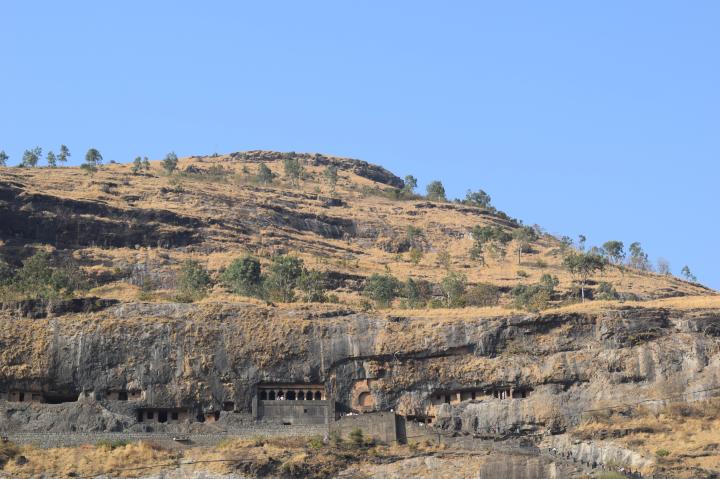
Well, Delhi bred that I am, Junnar was a discovery for me, as was the Hindavi Swarajya Mahotsav, hosted by Maharashtra Tourism. Junnar is the birthplace of Chhatrapati Shivaji Maharaj, the legendary king who carved out the Maratha empire in the 17th century. His birthplace is inside Shivneri Fort, which we did hike to.
Junnar was declared as the first tourism taluka (a subdivision of a district or a group of villages organized for revenue purposes) in January 2018 by the government of Maharashtra. It falls under Pune district.
With an exemplary responsible and sustainable tourism, keeping the rich legacy of centuries alive, Junnar is the perfect healing destination with its back-to-nature environs.
Located north of the Kukadi river, Junnar is famous for its teak woodlands, leopards, and rich biodiversity. This fertile agricultural land is home to fruit orchards and flower farms, besides crops such as maize, sugarcane and more. It hosts Grape, Mango and Kite festivals.
The region has been inhabited since the 1st century BC and the geographical wonders include over 200 caves and volcanic ash mounds near Bori Budruk village. The volcanic rock fragments and ash or tephra travelled all the way from Sumatra to the shores here. There were three eruptions, taking place 800,000 years, 500,000 years and 75,000 years ago. Scientists say that the sediment travelled 3,000 km from a Sumatran volcano Toba. But I didn’t get to see this wonder, though the villagers have now made a heritage community to preserve the site.
Junnar’s roots are deep. It was an important political centre and trading route, hence has been controlled by various dynasties, beginning with the Satavahans in the 1st century. It may have been known as Tagara or Jirnanagar (Old City), according to the historians.
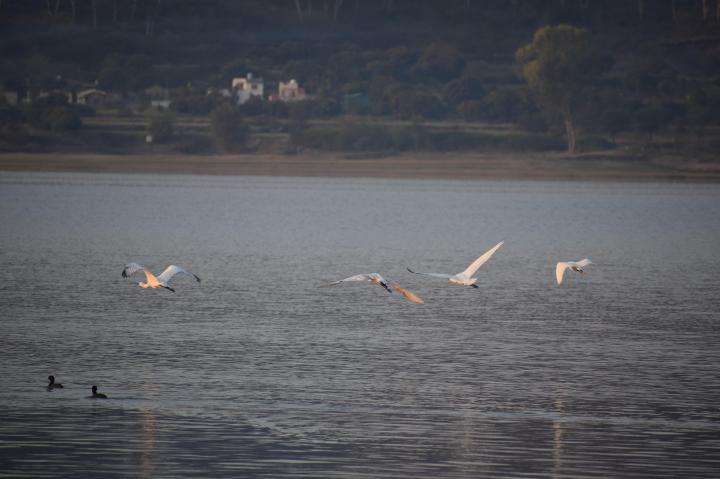
While you need more than two days to see the geological and man-made wonders of Junnar, I did get a glimpse of some places. Let me begin with the natural ones: With its rich biodiversity, I spent a morning sighting 34 species of birds around Wadaj Dam. You can read about it here.
VedKasturi Agro Farm and Homestay, Purande village
With Junnar’s 187 villages out of which 65 are tribals, it’s difficult to know where to begin your tour. Dr Amol Punde, the man behind this farm, made it easy. This general practitioner has added an eco-friendly bamboo homestay to his farm.
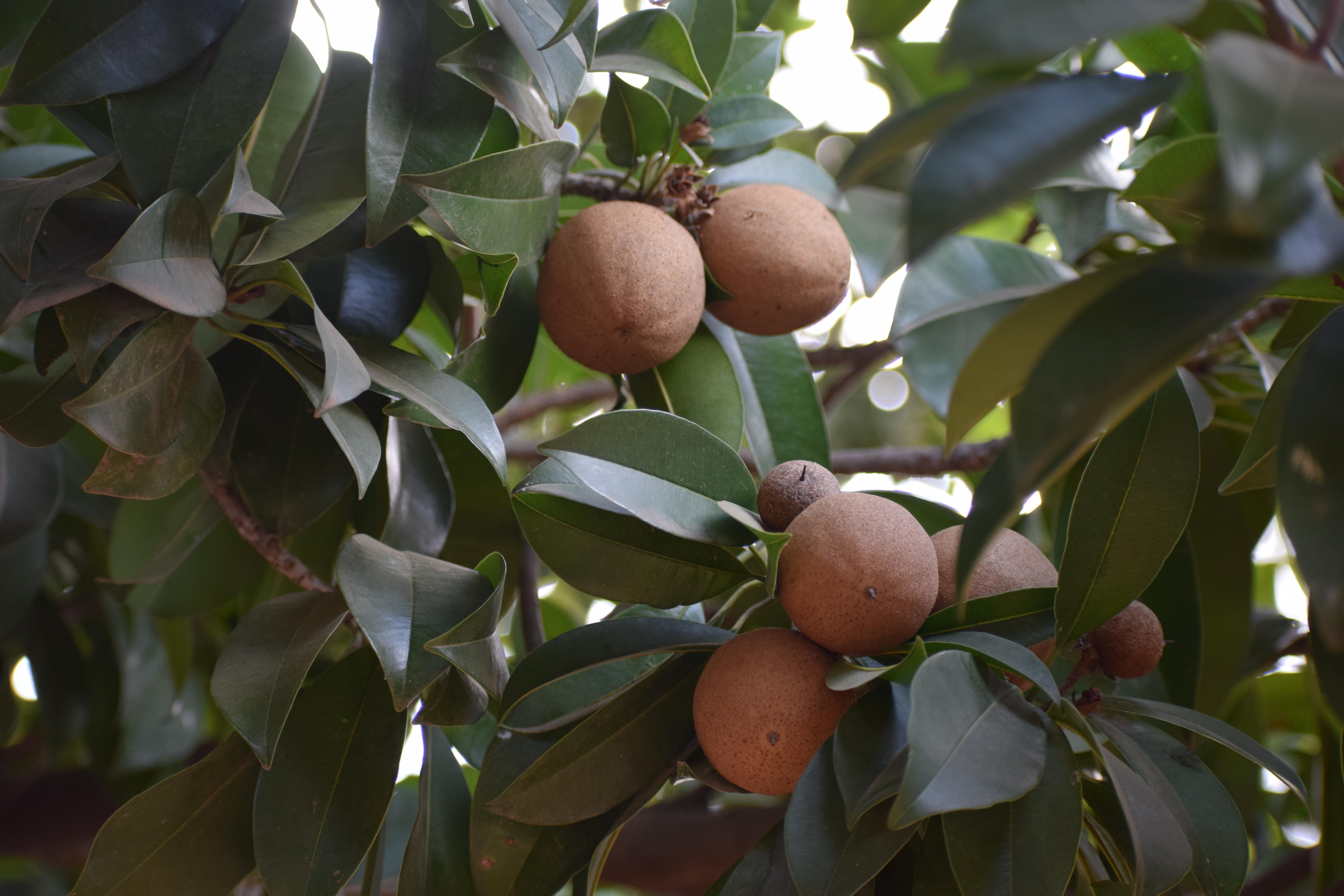
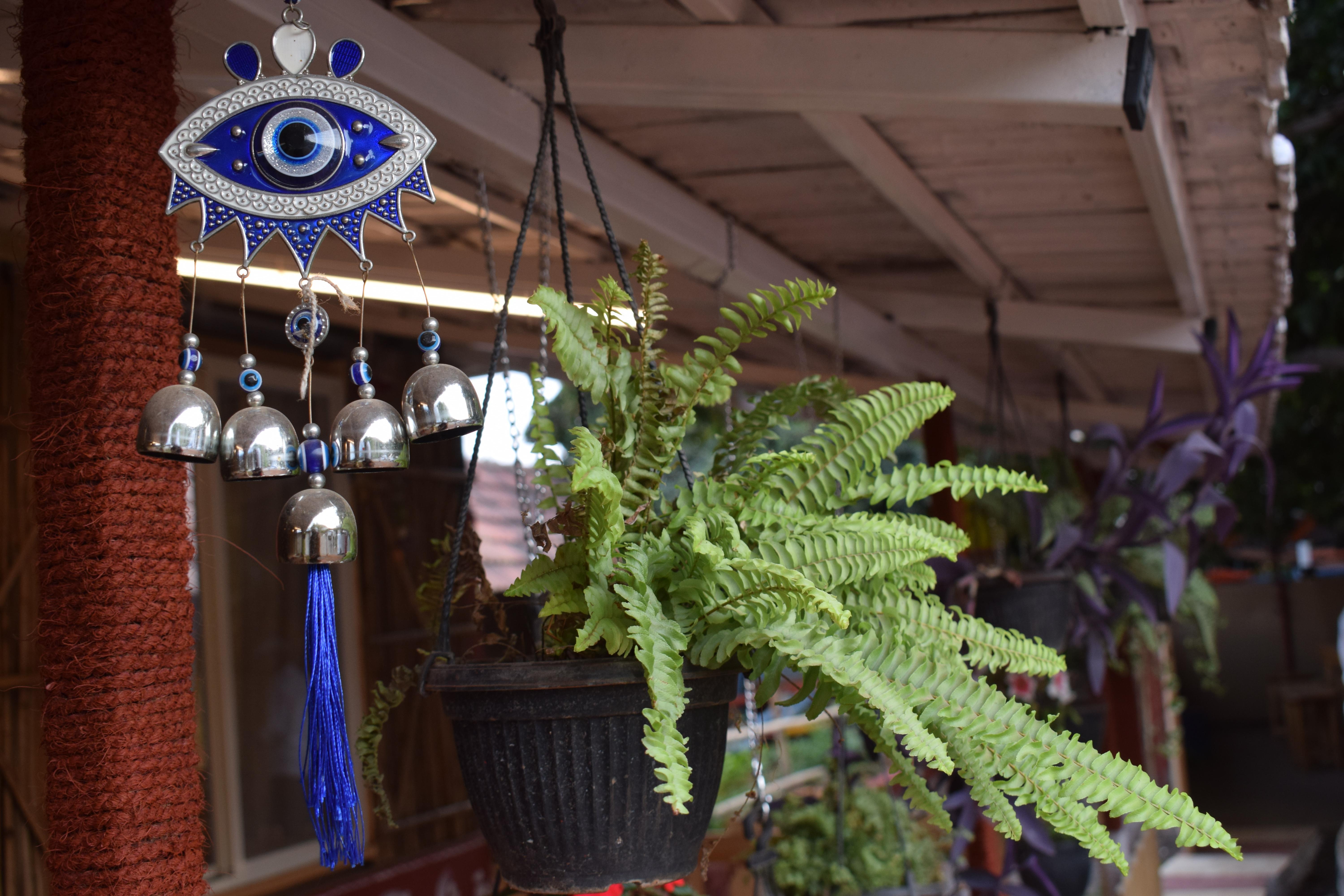


This charming homestay amid sapodilla and mango orchards is an embalming retreat. I could just imagine myself enjoying the days reading under the trees with chirping birds and home-cooked traditional Maharashtrian meals. The crops swayed in the distance. We got our juices flowing as he treated us to a glass of fresh sugarcane juice.
All that I wanted to do was snuggle between the colourful cotton sheets, try my hand at pottery and read my long list of 100 books. If I felt like moving out of this calm state, then Dr Amol said he would arrange the tour with his native friends.
You can contact Dr Amol Punde at +91 98605 08615.
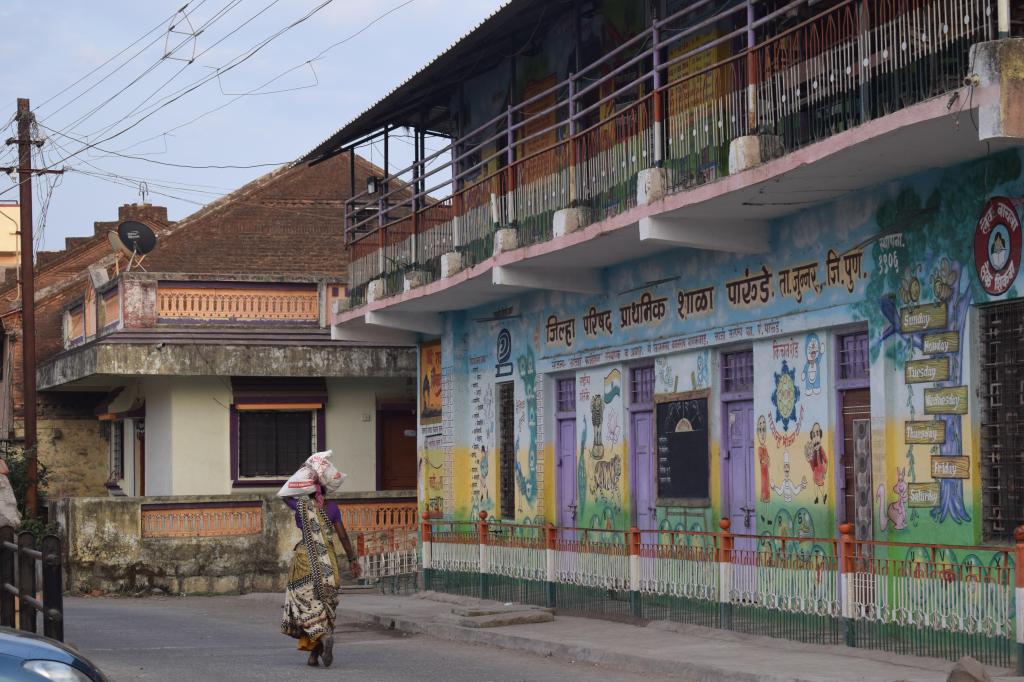
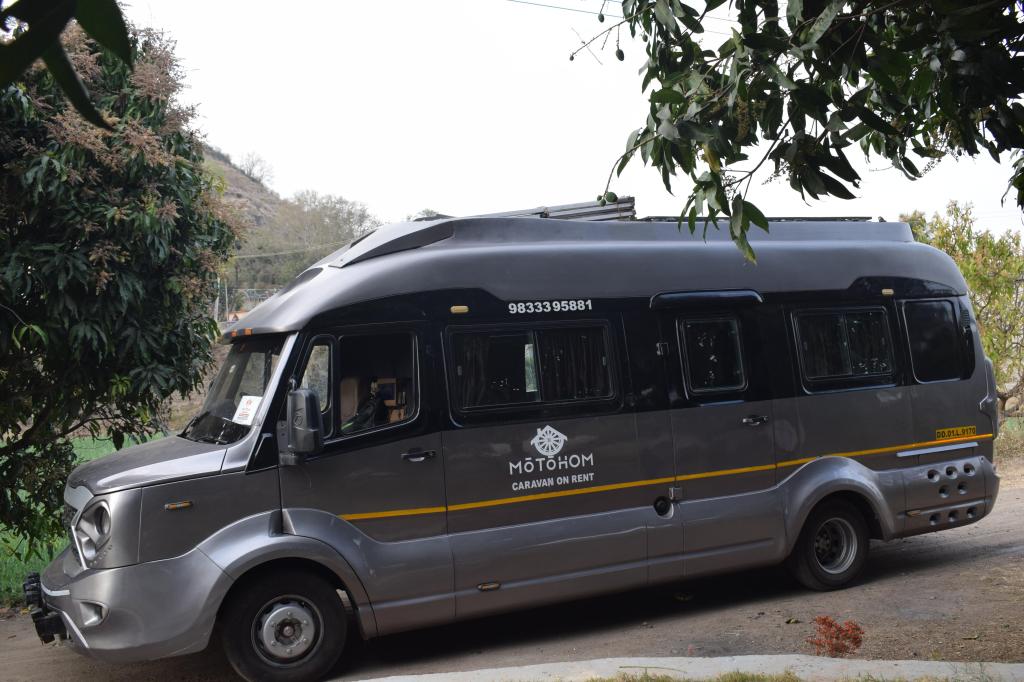
Brahmanatha Temple
Dream over, as we went back into our caravan for a tour of the ancient Sri Siddha Brahmanatha Math temple in the village of Purande.
The temple is situated on the bank of the Kamandala river, a tributary of river Mina. Dating to the 13th-14th century under the Yadava Dynasty, this is a Shiva temple. The main sanctum has a ‘swayambhu’ or self-emerged Shivalinga.
On the outside, it is a new construction, but the treasure lies hidden in the main sanctum. There are remnants of four pillars with rare carvings of different yogic postures.
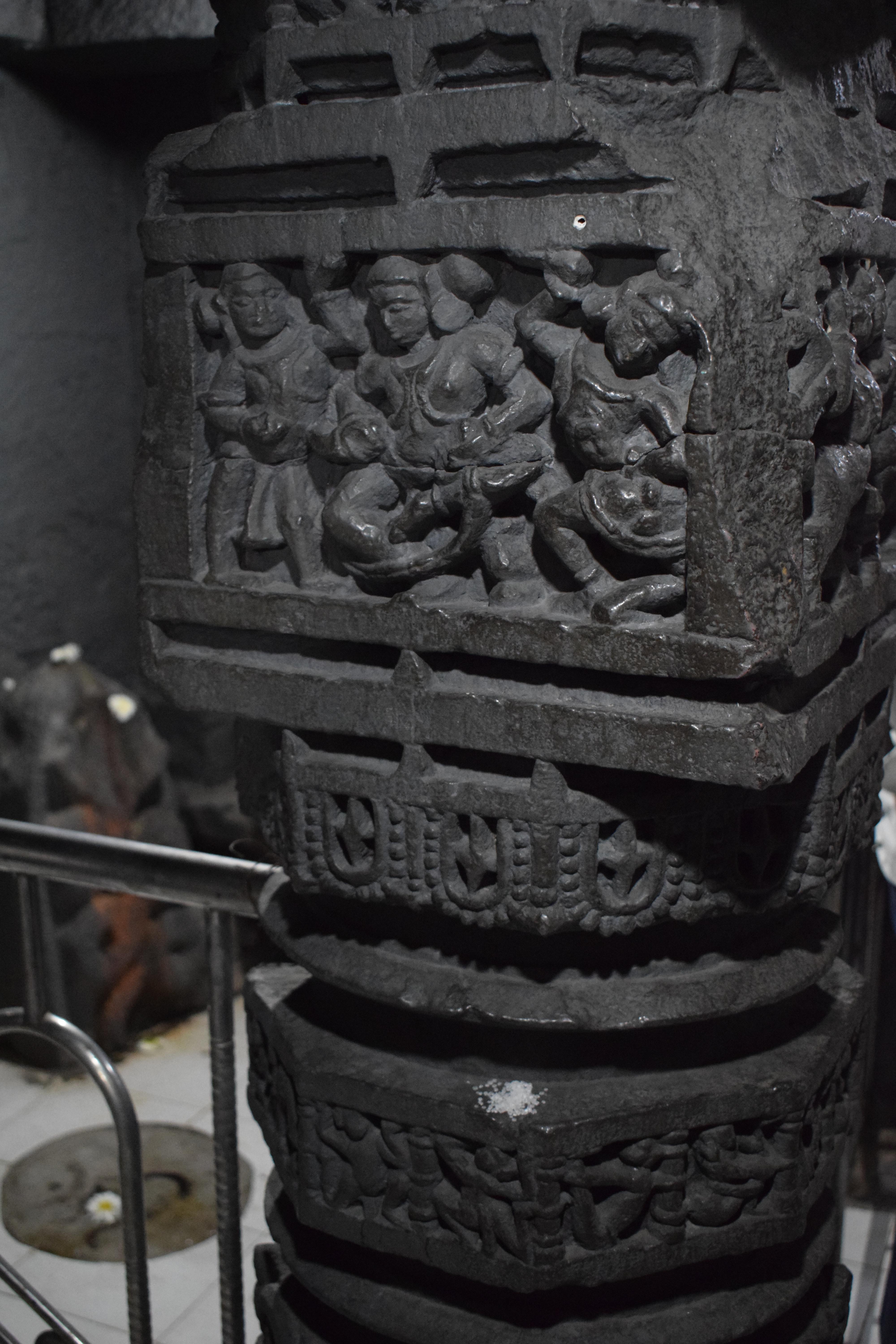
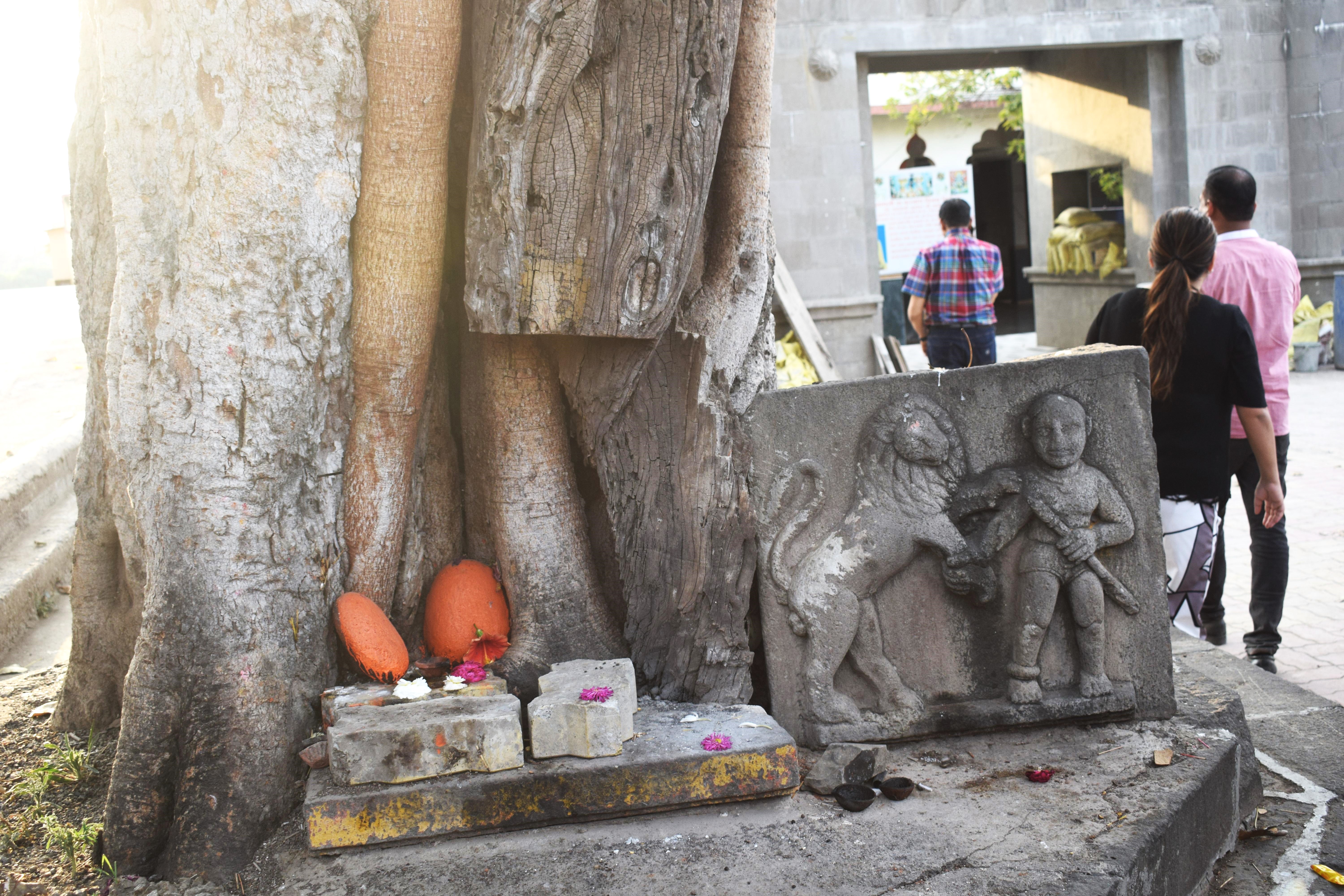
The temple was built on the spot where a Nātha yogī Brahmanātha took samadhi. Another Nath sadhu, Jwalanath, also meditated and took samadhi here.
The head of the temple also calls the village a mini-Kashi or Varanasi as they too have a cremation ground in the centre, like the famous cremation ghat, Mannikarnika, in Varanasi.
HmmBrr Resorts, Wadaj
I can never get enough of oxygenated trips in offbeat places. And the name of this farm stay intrigued me. “It is the sound that the cow makes,” explains Yogesh Rajput who manages the farm and the homestay here.
Chetan Parkhe, the man behind the venture, believes in the wisdom of the Vedas and the rishis. Breeding over 80 indigenous cows in the ages-old practices, he churns out a healthy life for the family, the people employed here and his guests.
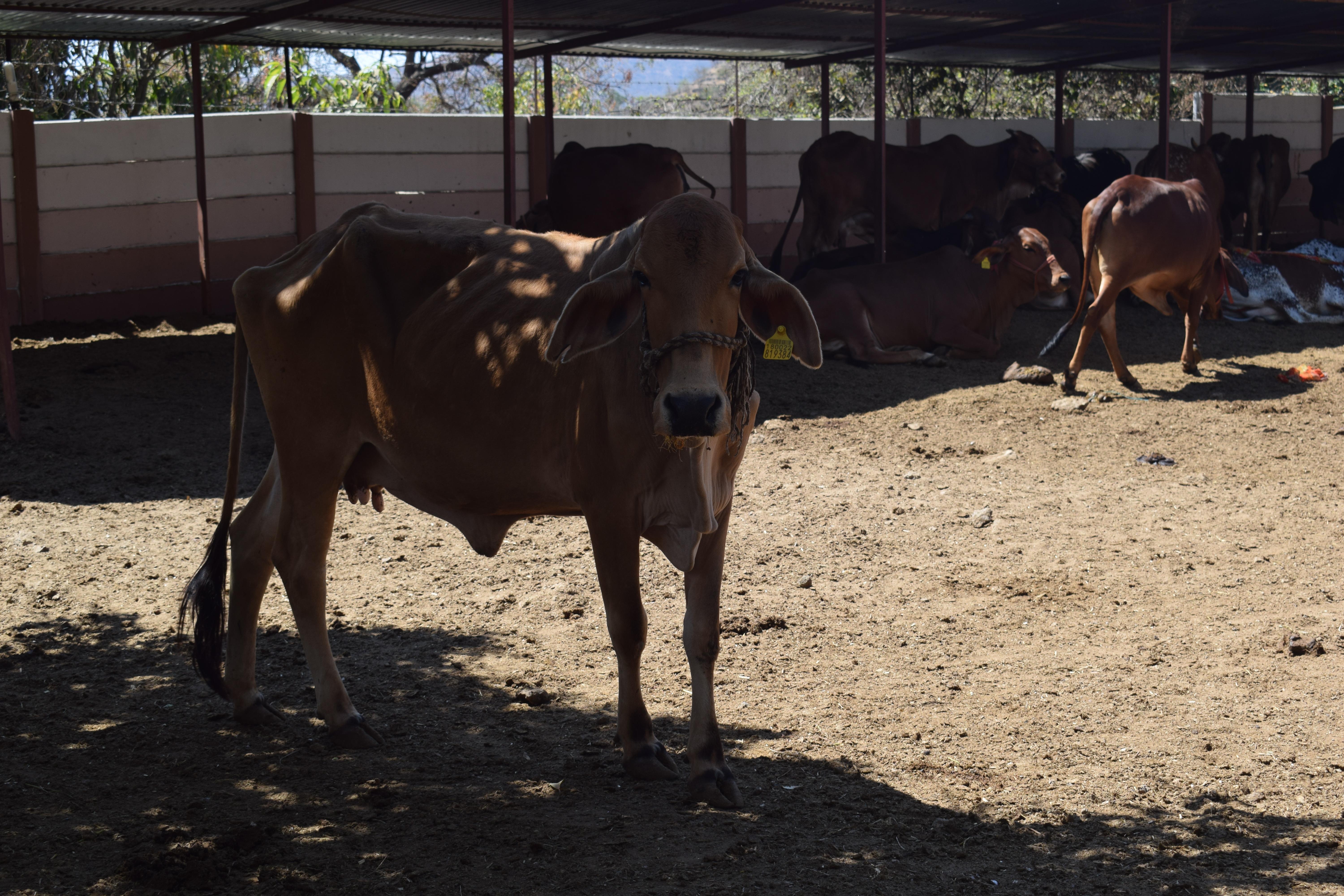
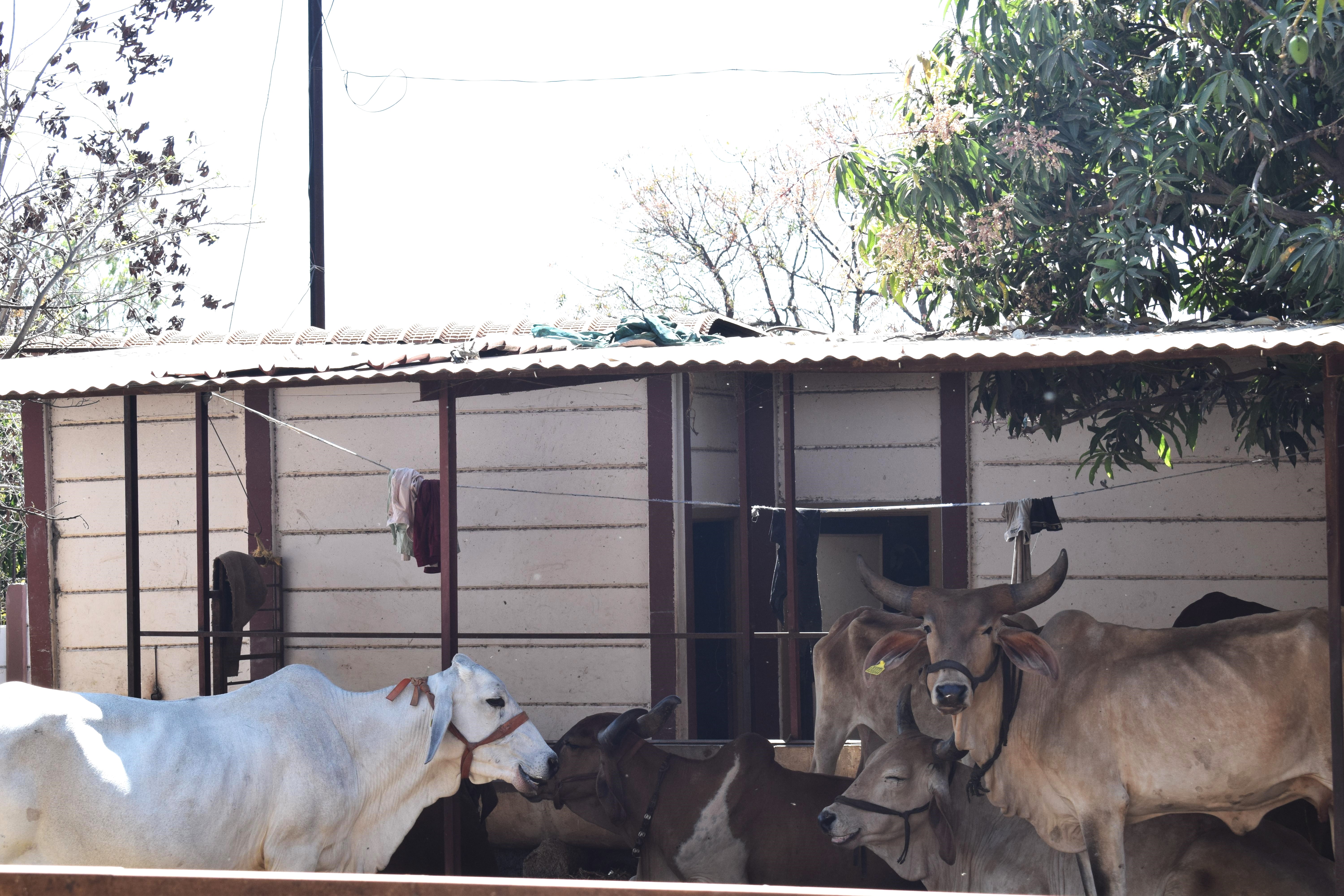
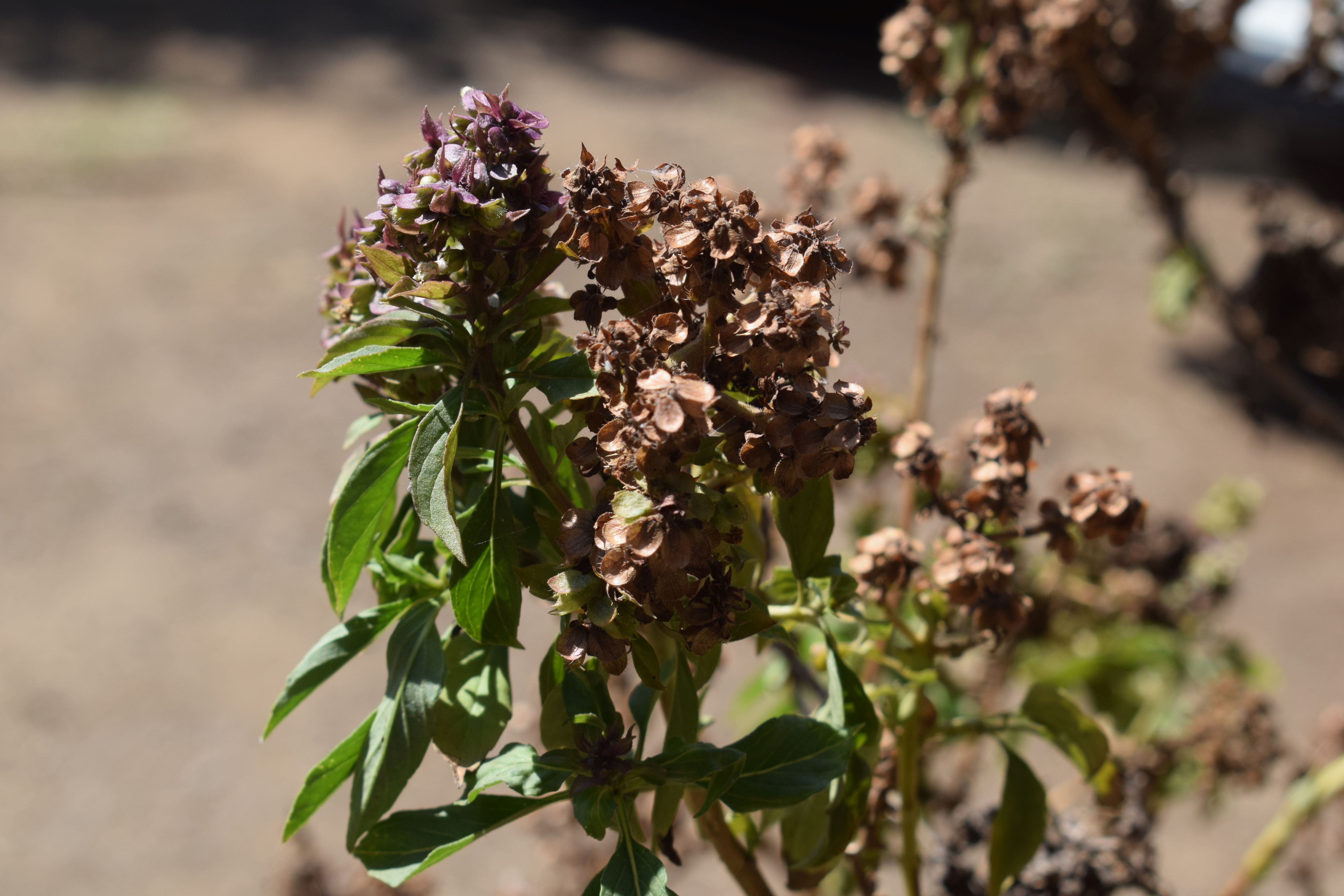
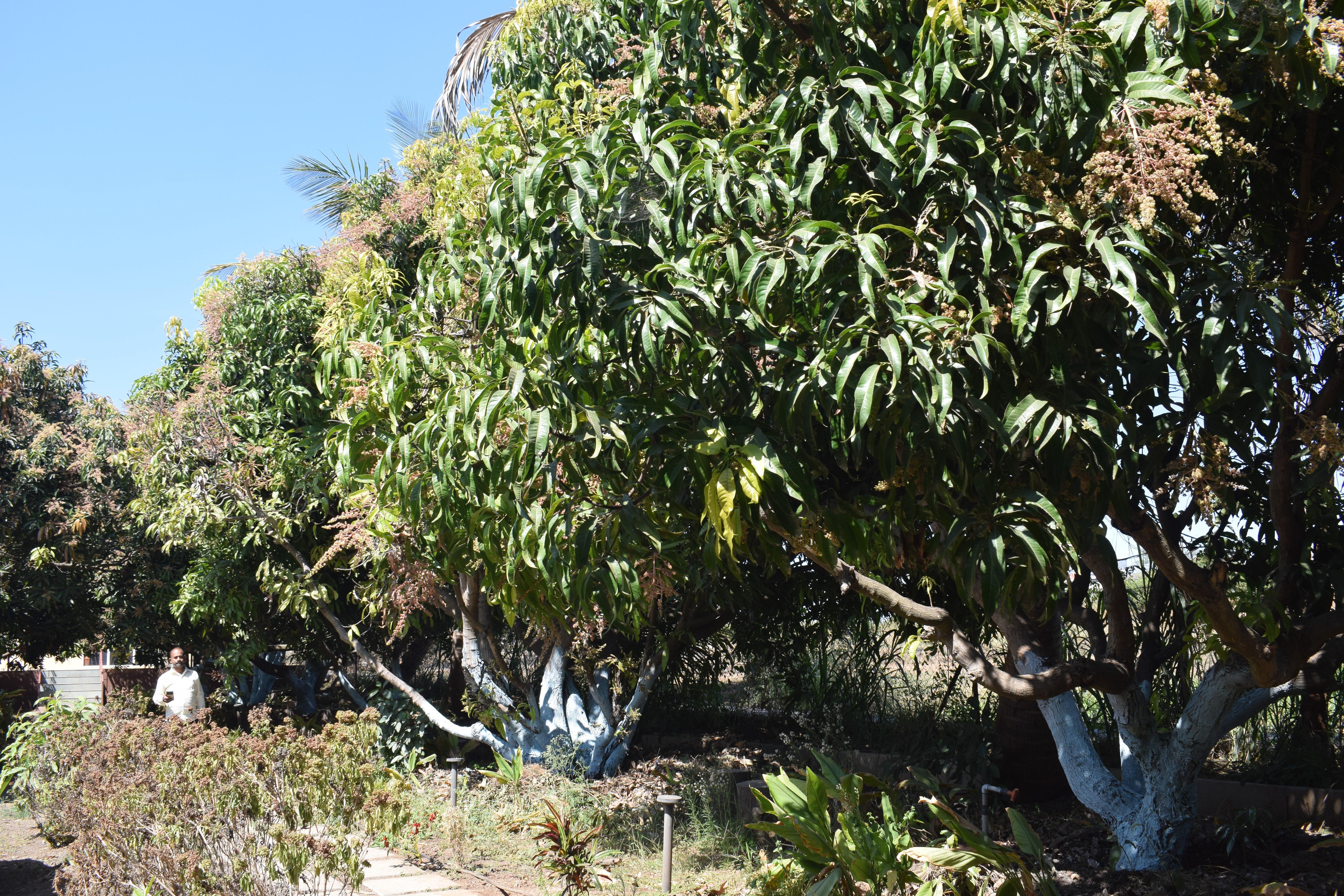
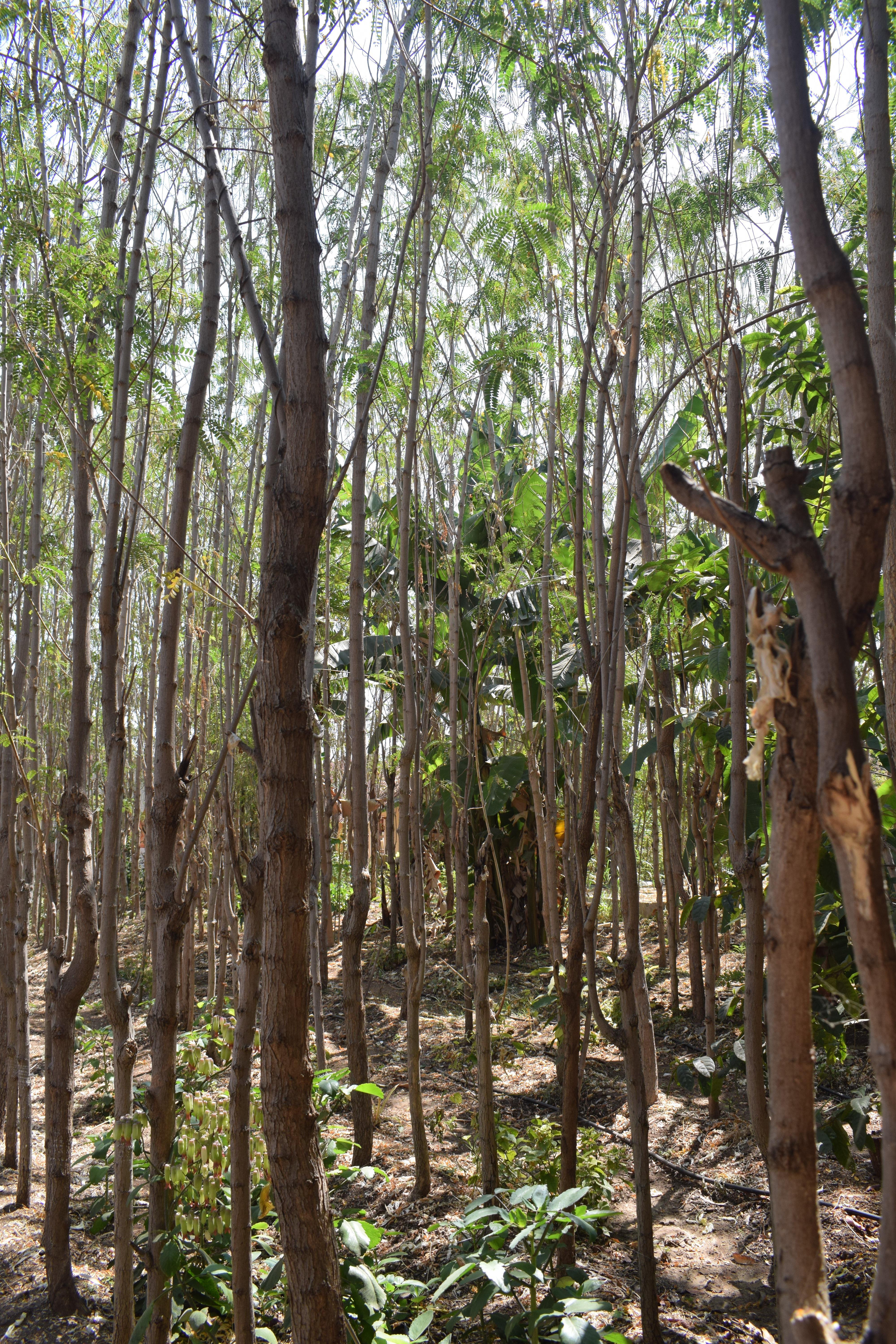
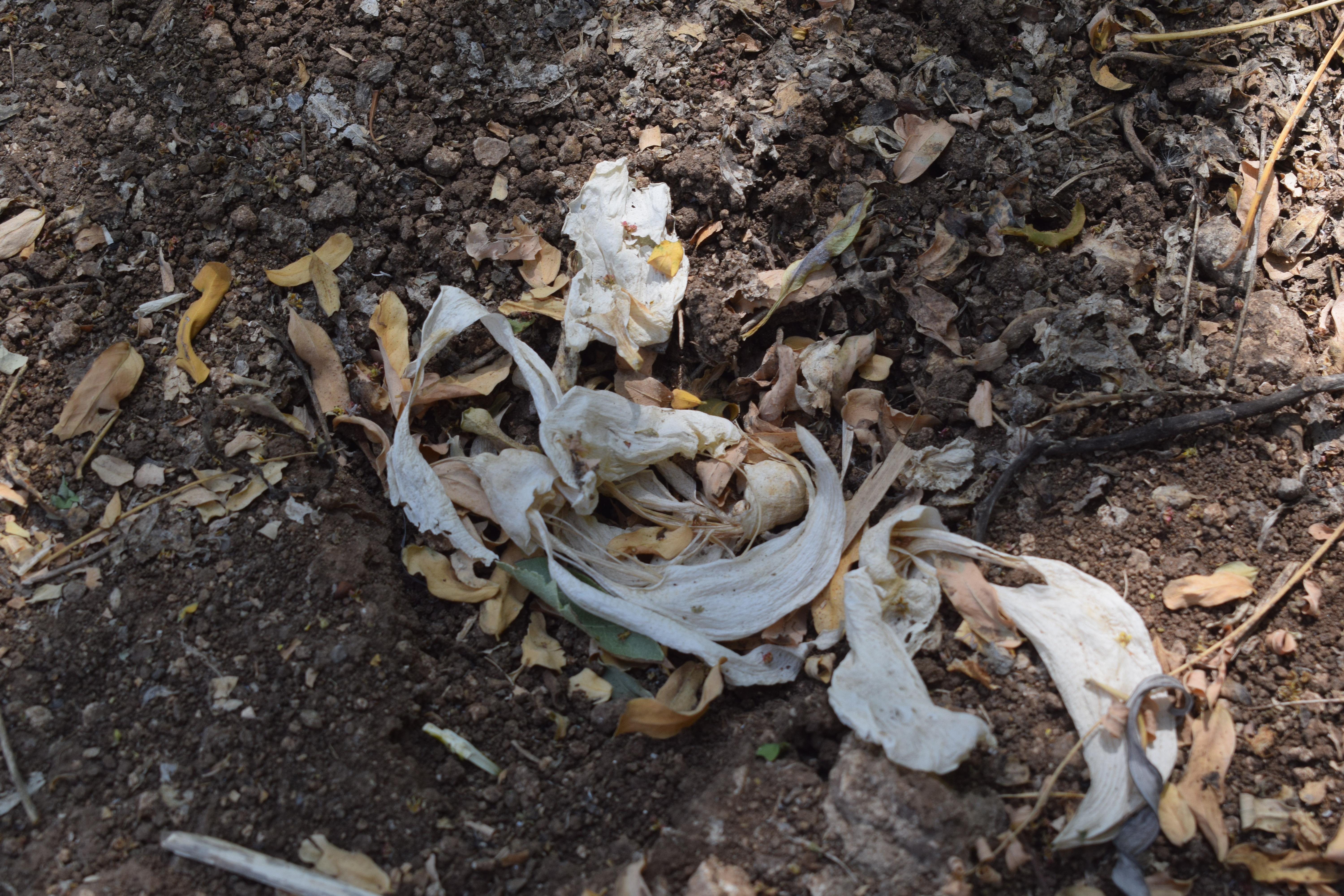
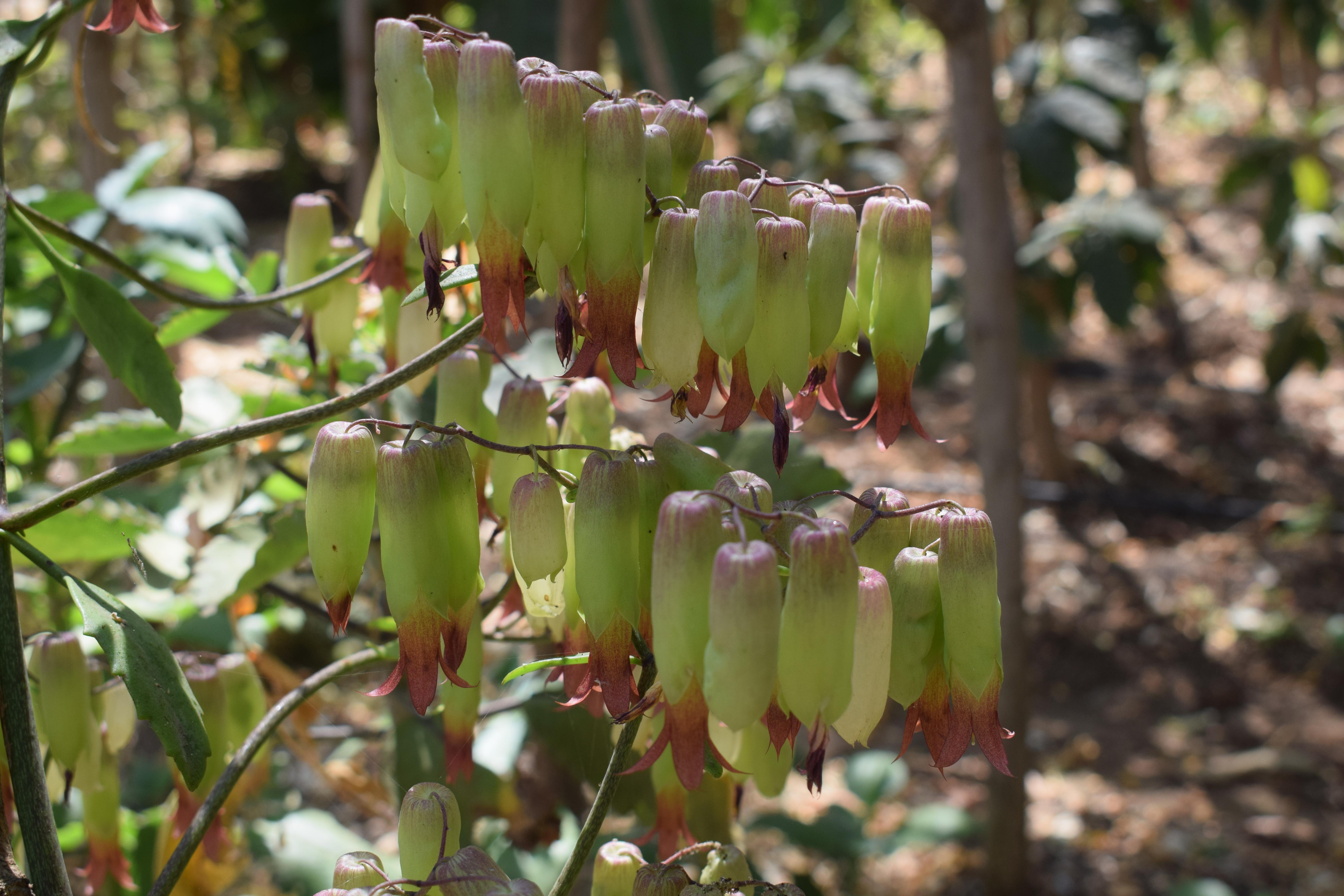
Rajput elucidated why the indigenous breed has more power over the New Jersey breed—they have a longer lifespan in their native land and are more productive over the long-term. The detailed conversation with Rajput woke up my senses as to why the cow is called ‘Kamdhenu’, the miraculous cow of plenty.
The entire lifecycle of a cow is about good nutrients for all—the soil, the people and the cow itself. The calf lives on this milk, humans do as well. They make many dairy products such as ghee, curd, cottage cheese or paneer, butter, buttermilk! Cow dung and urine make for good compost, and thereby good for organic farming. Cow urine, when treated, makes for herbal medication. After its passing, the cow contributes through ‘samadhi khaad’. The cow is buried with salt in earth, and the resultant residue gives nutrients to the soil.
HmmBrr takes a scientific approach to farming, keeping a record of the cows and aiming to bring out a better breed. Well trained indigenous caretakers are assigned for all the tasks.
Seeing the shiny and soft coats of the gentle animals, I guessed that they enjoyed their stay at the farm. They had nutritious fodder, enough room to walk around, a covered shelter and good owners. “Happy animals are like happy souls,” said Rajput. “They are gentle and loving.”
The farm stay also grows many medicinal herbs; sapodilla and mango trees lined the boundary. Sunshine, good air, good food and an ideal retreat! The guests can buy A2 ghee and organic fruits from their in-house shop.
You can contact Chetan Parkhe at +91 98234 56478.
Kulswami Khandoba Temple Wadaj
Coming out of HmmBrr, we stopped at the temple dedicated to the guardian of Wadaj. Khandoba is a form of Lord Shiva, coming from the word ‘khadga’ meaning sword and ‘ba’ stands for father.
This colourfully constructed temple is the heart of the village. Khandoba lives here in the form of a tree.
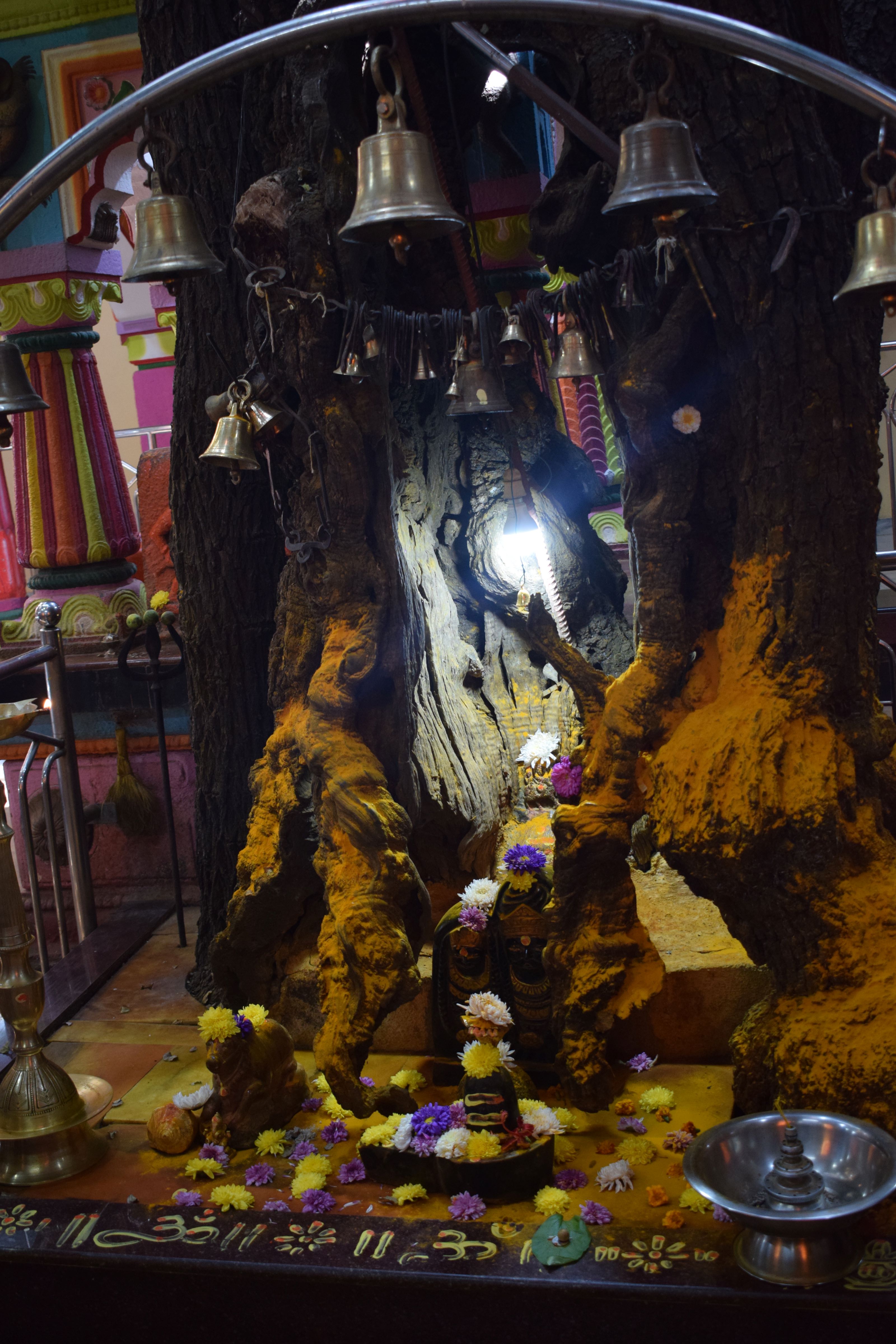
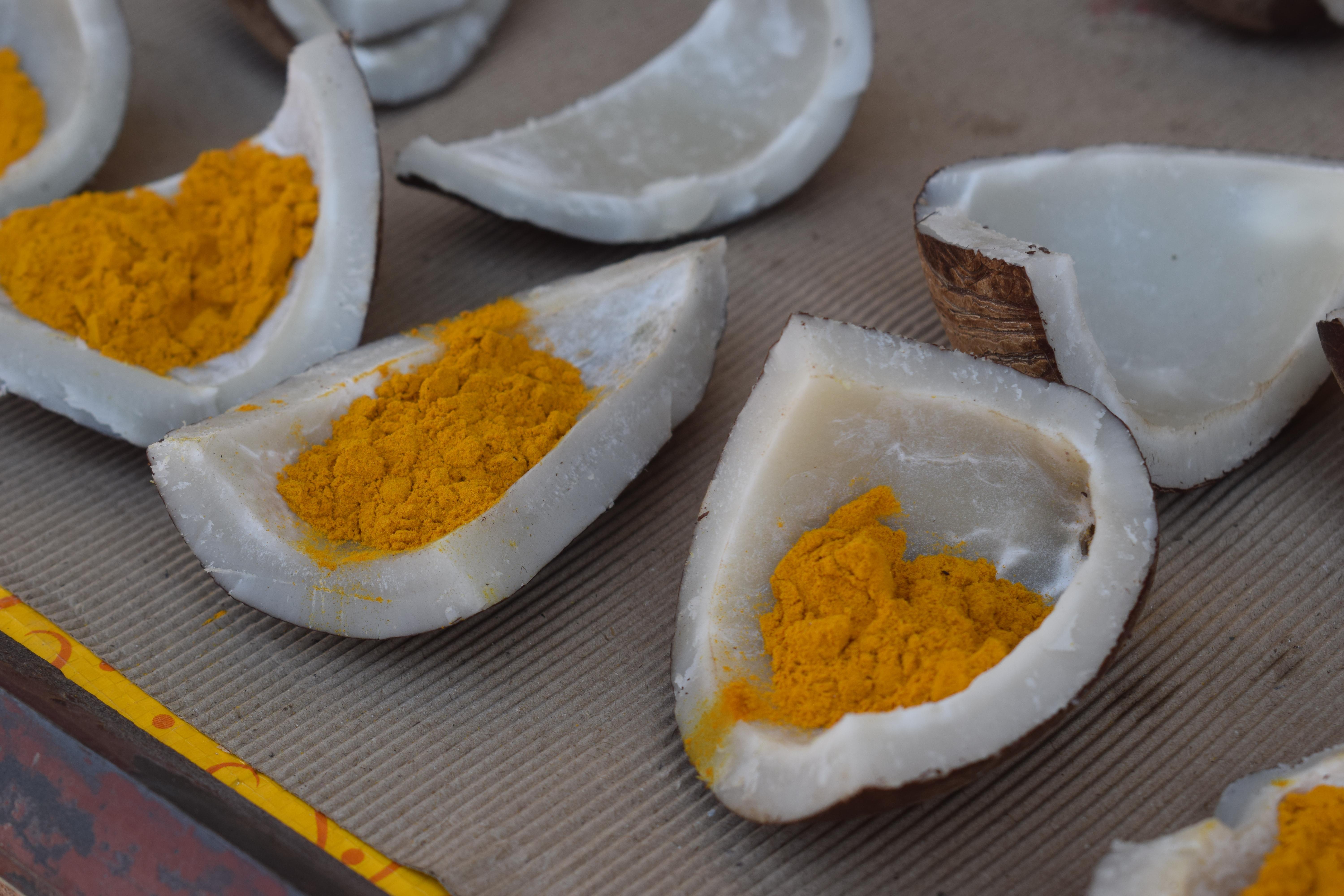
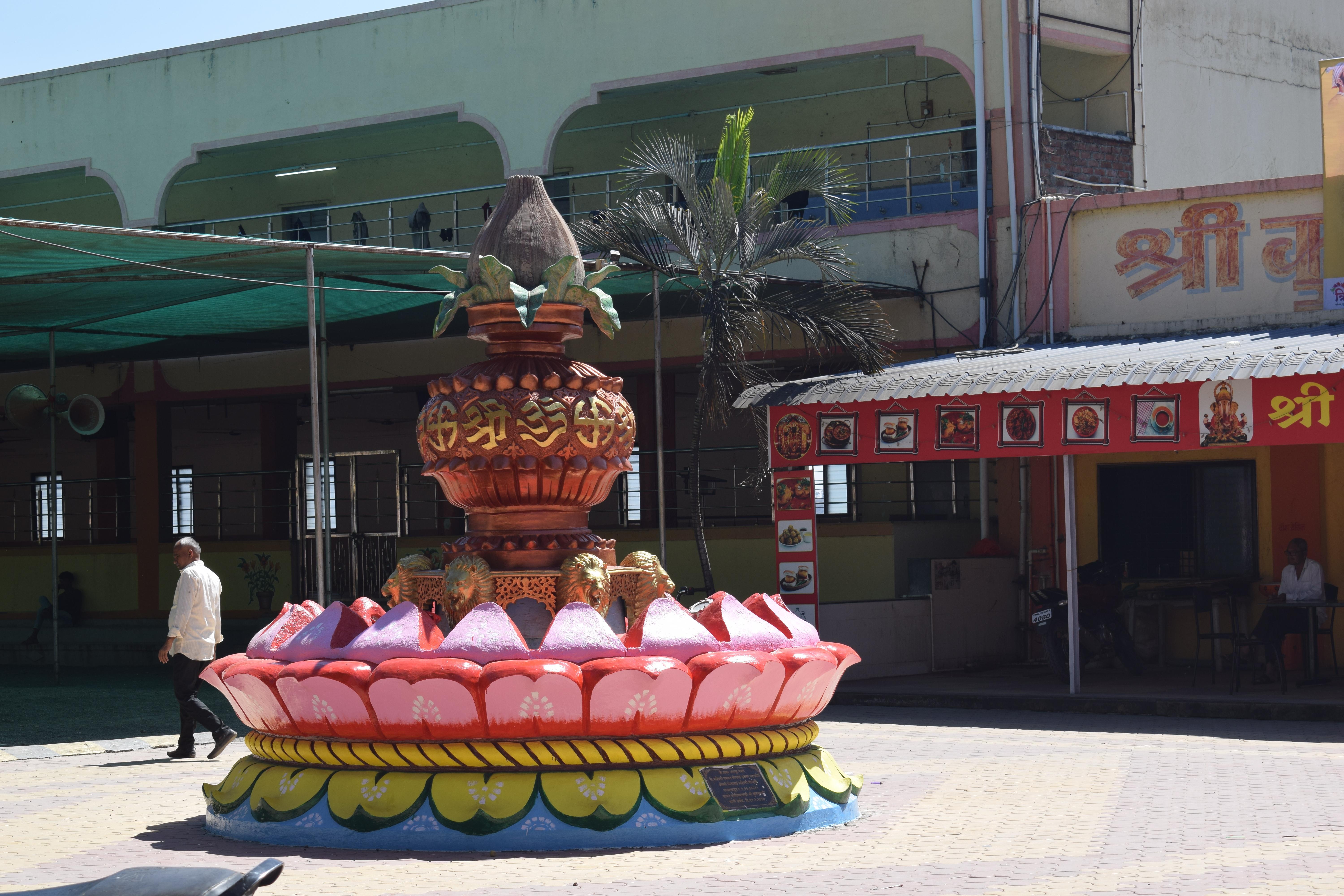
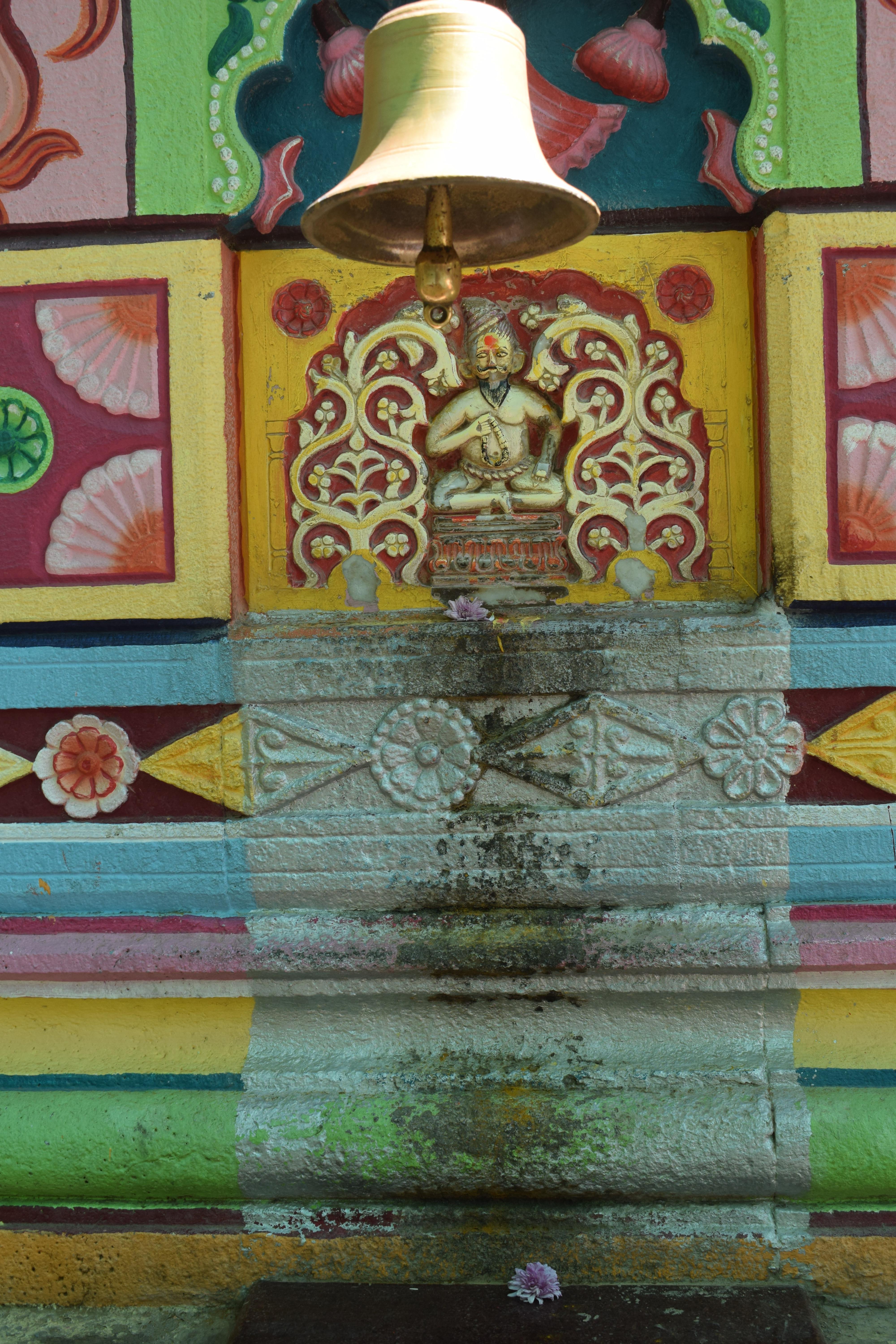

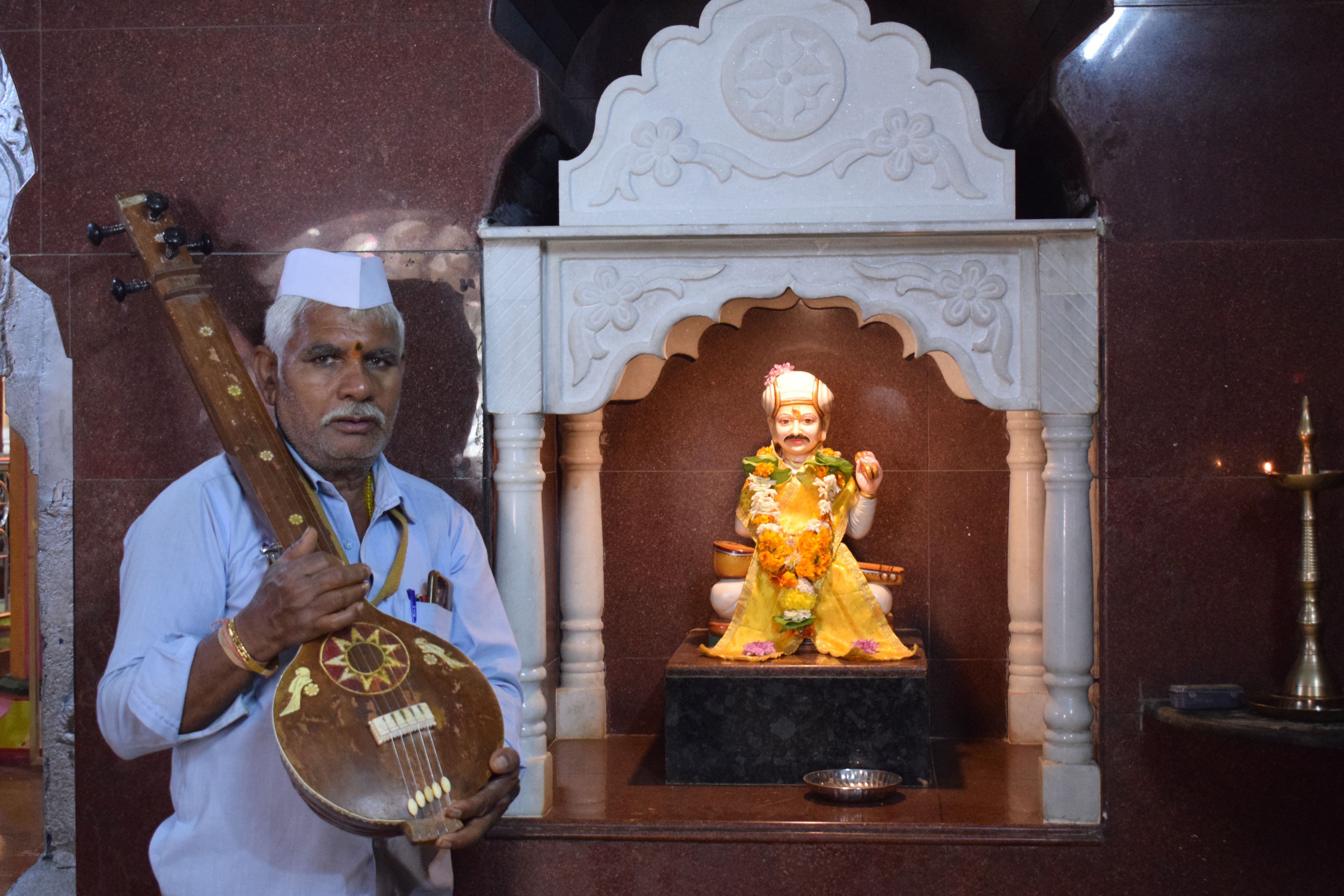
Legend goes that Khandoba lived in Jogdha, about a kilometre from Wadaj, on the Bhandara hills. An ardent devotee, Sadananda Chavan and his family served the god. As he aged and found it difficult to go up and down the hill, he requested the god to come down from the hills.
The god visited him in a vision on Champa sashti (sixth day of Shukla Paksha in the month of Margashirsha, that is November-December), and said that he would come down with Sadananda the next day when he came for his daily puja to the hills. However, there was a condition. Sadananda had to keep walking straight and not look back. If he did that, then the god would disappear. Sadananda agreed.
The next day, he went to Jogdha for his daily worship and requested the god to come home with him. As Sadananda came down the hill, his curiosity got the better of him and he turned around to see if the god was accompanying him. Suddenly, there was a loud noise, and Khandoba merged with the tree at that spot.
Hearing about this, the villagers turned this into a shrine, which has eventually become a large temple complex over the years. A trust was established in 1966.
The Khandoba is worshipped with turmeric, coconut and flowers here. There is a shrine dedicated to Saint Tukaram also in the temple. Born in Dehu, near Pune, the saint is best known for devotional poetry, abhanga, and his poems mostly focus on social reform.
Brahmi Script at Naneghat
You can’t be in Junnar and visit only one cave, which I had at Shivneri Fort. But I wasn’t prepared for the daunting stony path down to the lesser visited Naneghat caves. In the city, this would be barely six steps, but the loose rocks, the invisible valley below, and the thought of a fall into a bottomless pit was jittery, not to miss the thorny shrubs. The lure of seeing the ancient Brahmi script was far stronger though.






Our guide, Swapnil, helped me down, where Siddharth Kasbe, the expert waited. I was in awe of the erstwhile traders who traversed perilous valleys and narrow mountain passes. Naneghat seemed a far tougher route than Little Petra in Jordan.
This mountain pass, part of an ancient trading route, in the Western Ghats connected the Konkan coast and Deccan plateau through Junnar. It was the fastest route linking the seaports of Sopara, Kalyan and Thana with economic centres in Nasik, Paithan, Ter and others.
Nane means coins and ghat is pass—hence, this is touted as one of the oldest toll booths of India. A huge rock pot, much like a stupa, guards the pass. It is believed that this huge pot had to be emptied three times in a day. Experts say that the Satavahanas were the earliest Indian rulers to issue their own coins with portraits of their rulers, starting with king Gautamiputra Satakarni.
The cave, apparently man-made, was the resting place for the travellers. Its walls are covered with Brahmi script, dated between the 1st-3rd century BC, and attributed to queen Naganika or Nayanika from the Satavahana dynasty, wife of king Satakarni.
Historians opine that the queen mother sponsored the cave after the death of her husband, as the inscription narrates details about their life together, her son crowned as the new king, the sacrifices and donations made. Siddharth Kasbe read the script out to us. You can watch the video here.
I stood awestruck. I was witness to the fact that words are a gateway for generations to see, breathe and revel in eras long gone, yet leaving behind traces of their time on earth.
Experts claim that the script is a gateway to the region’s history. It traces the chronology of the rulers and royal lineage of the Satavahana Empire. The script also provides the link between Vedic and Hindu deities. These inscriptions also present the world’s oldest numeration symbols for ‘2, 4, 6, 7, and 9’ that resemble modern era numerals, more closely those found in modern Nagari and Hindu-Arabic script.
The cave was discovered by British naturalist, Colonel William Henry Sykes, in 1828, during one of his summer hiking trips in the Deccan plateau.
You can contact Siddharth Kasbe at +91 77578 91409.
Kukdeshwar Temple, Pur village
This Shiva temple is very close to Naneghat. Dated to the 12th century, it is the home of the guardian of river Kukadi, the land and people around it. While the original walls and roof have survived the ravages of time, the original idol of Lord Parshwavnatha was destroyed.





Built in Hemadpanthi style of architecture, the sculptures carved on the walls, roof are breathtaking. Hemadpanthi Sculpture is named after its founder Hemadpant, a prime minister in the court of Seuna Yadavas of Devagiri (1259-1274 CE). This style incorporated readily available black stone and limestone and now have the status of World Heritage Site.
It is a living temple, as we saw newlyweds with their family leave when we reached there. An annual fair on the tenth day of the Bhadrapada month’s (August-September) bright half is also held here.
Under the vast sky, treasures lying amid shrubs and rocks, Junnar is perhaps one of the most exotic offbeat locations I have visited. But then, one lifetime isn’t enough to discover India’s splendour.
More places of attraction in Junnar
Caves: Lenayadri complex housing a famous Ashtavinayak temple, Chawand, Suleman, Manmodi, Tulja
You can also enjoy adventure activities such as ziplining, rope cycling, ATV near Lenayadri caves



Temples: Famous temple of Lord Ganesha at Ozar, Nageshwar temple at Khireshwar
Reservoirs: Underground water chain built by Nizam Shahi Wazir Malik Ambar which exists at Sayyed Wada (hauz) and Pirzade Wada
Forts: Jivdhan/Jeevdhan, Hadsar, Chawand, Nimgiri, Narayangad, Shindola
Ghats: Malshej Ghat, Darya Ghat
Dams: Pimpalgaon Joga, Chilewadi Pachaghar, Yadgaon, Manik Doh
World’s largest radio telescope, Giant Meter Wave Radio Telescope (GMRT) at Narayangaon
Leopard conservation centre at Manik Doh
Films shot in Junnar: Ravan, Tees Mar khan, Rakshas, Chalte Chalte, Tingya (Marathi), Tapaal (Marathi)
How to reach Junnar
The 100 km drive from Pune International Airport to Wadaj Dam took three hours. Junnar can be reached easily via road from Mumbai, Nashik, Aurangabad, Ahmednagar as well.
BEST TIME TO VISIT JUNNAR: JULY TO MARCH
LOCAL DISHES OF MAHARASHTRA: VADA PAV, MISAL PAV, KOKUM SHERBET



This blog post is part of the blog challenge ‘Blogaberry Dazzle’ hosted by Cindy D’Silva and Noor Anand Chawla in collaboration with Mads’ Cookhouse.


This is amazing! Love the pictures and I’m adding this to a place to visit for sure ~
LikeLiked by 1 person
Yes, it is a beautiful region, you must go, try for a week, it’s so much outdoors, very lovely.
LikeLiked by 1 person
Just awesome work. I liked how you described everything.
LikeLiked by 1 person
Glad you enjoyed reading this.
LikeLiked by 1 person
Mango orchards, birds churping and your maharastrian with vivid pictures your post is always a great read dear.
LikeLiked by 1 person
Interesting. Thanks for sharing and bringing this place to our attention
LikeLiked by 1 person
It’s a wonderful place
There are harder forts to hike in the region and spectacular views .
LikeLike
Wow, there is so much to do in Junnar, and not just Shivneri which I read in your previous post. The Brahmi scripts at Naneghat and the Kukdeshwar temple would top my list.I already love the Maharashtrian food and the quaint charm of this place.Thanks for sharing a detailed post about Junnar.
LikeLiked by 1 person
What an incredible adventure through Junnar! Your journey through the caves, forts, and temples paints a vivid picture of the region’s rich history and natural beauty. Thanks for sharing your captivating experience—it’s truly inspiring and makes me eager to explore Junnar’s wonders myself!
LikeLiked by 2 people
There is a lot where we can explore this new place. I have never been here before. Thanks for sharing
LikeLiked by 1 person
I can almost taste the fresh sugarcane juice and feel the gentle breeze amid the mango orchards. I faintly recall a trip to lonavala with my school. We interacted with the locals, hiked mountains, camped out, learnt about the local culture. It was such an enriching experience. The pictures in your blog post, both this as well as the Shivneri Fort, made me feel nostalgic.
LikeLiked by 1 person
I quite liked the interiors of Maharashtra. They offer so many offbeat experiences
LikeLike
I love to read your post Ambica. Its as though we are travelling with you offline. So many details and accompanying pics. Thanks for taking us to a new lace with every new post.
LikeLiked by 1 person
Glad to have given you a virtual tour!
LikeLike
Ambica, I really love to read the accounts of your travel to these ‘hatke’ places.
Junnar looks interesting and it has something or the other for all types of tourists be it history lovers, adventure seekers, pilgrims, or the type who just want to relax in the countryside. Lovely place!
LikeLiked by 1 person
I feel its a trekkers paradise, so many hilly forts! and magificent views.
LikeLiked by 1 person
Oh Ambica you are a wonder for me and I am surprised to see the level of stamina you have to take treks and that too so tough ones. Mind blowing I want to get inspired by you in this aspect but sorry I have to restrict myself as my back has a problem and that dont permit to go for such adventurous trek and secondly I am little scared to go for such Indian little Petra tour, I feel suffocated in such mountain caves and that too black ones… I had such experience when I was in midst of a place all surrounded by mountains and it was evening I was waiting for my husband to come back as he went further for a Ice Linga darshan in Shimla and I cant go because of severe pain in legs….. That some 45 minutes were nightmare for me, I was crying and praying ” Oh God bring him back to me” and trust me in next 5 mins he was in front of me as he knew he need to return fast as I will be in bad state. Sometimes God hears us with so much emotions. Anyways coming to the other aspects of this location I liked the homestay you talked about and love to be Dr Amol Punde guest and enjoy the nature from there. The temple history is also very interesting and I love exploring such historic places and you are turning perfect guide for me to decide my upcoming itineraries. Love the post.
LikeLiked by 1 person
Exercise and regular massages will help you control the pain. I am going to join some classes for strengthening to go on more hikes. I love the outdoors.
LikeLike
So many interesting takeaways from this post. I loved the way you have explained everything in detail and all the places one can visit. I’m itching to pack my bags and explore Junnar’s hidden treasures myself.
LikeLiked by 1 person
loved reading this detailed post. Exploring Junnar sounds like an amazing adventure! From what you’ve shared, it seems like there’s a lot more than just Shivneri to see and do there. Thanks for sharimg your experience.
LikeLiked by 1 person
No wonder the scenery seemed familiar and picturesque. I remember going ‘wow’ at the cinematography and locations in Raavan. Thanks for sharing about the place in such detail. Will be sure to visit (if time permits) when I’m in India next.
LikeLiked by 1 person
Each time I read your travel post, Ambica, it just reminds me how much of India there is still left to explore. Thank you for sharing about such places and events too. I have been catching up on your updates on Insta too.
LikeLiked by 1 person
Yes. Even I keep thinking I can’t see everything..let me just gather little fragments in my experience jar😍
LikeLiked by 1 person
I have been to Naneghat only. I didn’t know there are so much to explore in junnar. Surely going to check it out every spot. Thank you Ambica for details.
LikeLike
Six years in Mumbai now, still have no clue about Junnar until I read this. Though I feel guilty now but I think I am better prepared for my next trip.
LikeLiked by 1 person
You should..if you like trekking..then it’s the perfect place with 7 forts.else just enjoy the farms and the landscape and chill.
LikeLike
what an amazing place junnar is. I loved your description of the homestay and the orchards . I’m definitely making note of this
LikeLiked by 1 person
I appreciate the beauty and the way you have guided me about the place. Such a detailed post helps the reader to know more about the place and understand the places where they can go and the importance of the place.
LikeLiked by 1 person
That’s a serious lots of very interesting and different things to do at Junnar. The desciptions and photos really bring the place alive.
what a gem of a find Ambica!
LikeLiked by 1 person
You are so right – India’s wonders never cease to amaze and one lifetime simply isn’t enough to see it all. I had no idea about Junnar – very happy to discover it through your post.
LikeLiked by 1 person
It was a great first for me as well. It’s a good retreat.
LikeLiked by 1 person